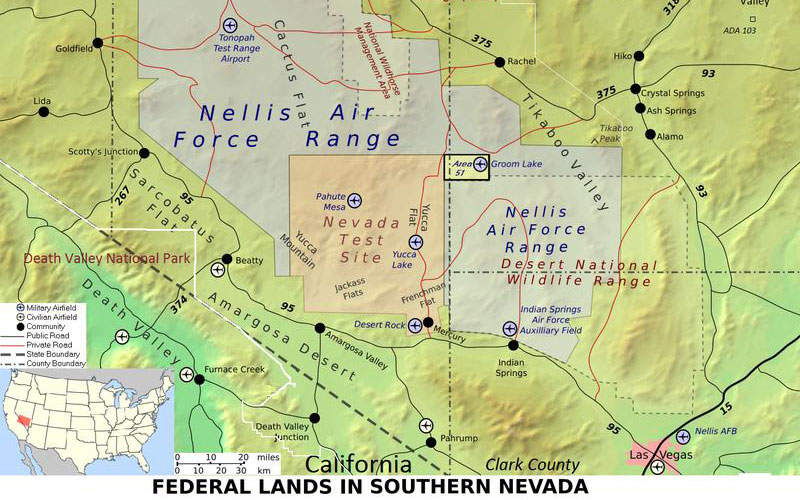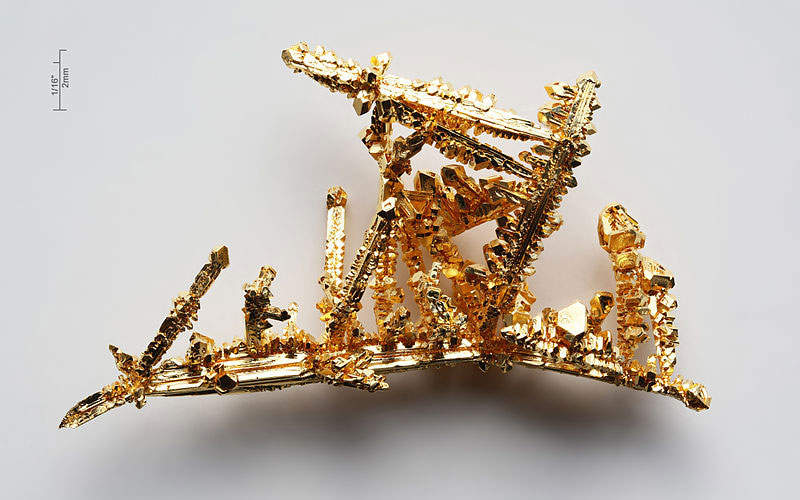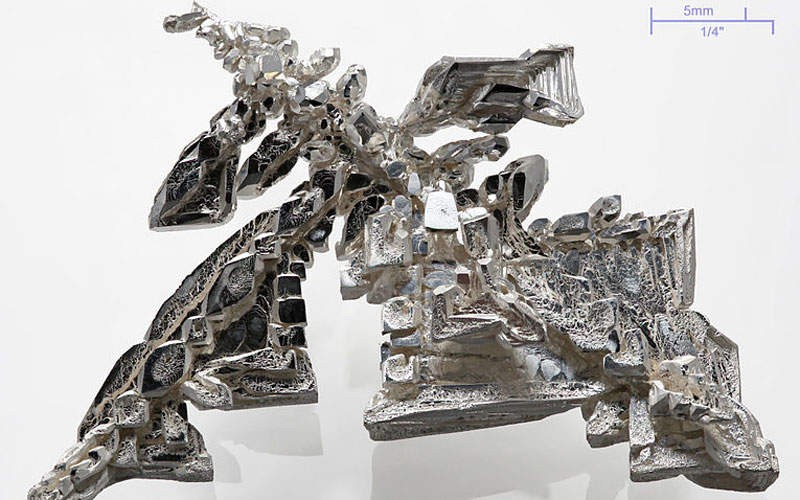The Hasbrouck Gold-Silver Project is located in the northern portion of Esmeralda County, near the town of Tonopah in Nevada, US. The project is 75% owned by West Kirkland Mining (WKM) and 25% by Clover Nevada, a wholly-owned subsidiary of Waterton Precious Metals Fund II Cayman.
The project is proposed to be developed in two phases. Phase I involves the development of the Three Hills gold deposit, which is expected to have a production life of two years. Phase II will involve the development of the Hasbrouck gold-silver deposit, which is expected to have six years.
The prefeasibility study (PFS) for the gold and silver project in Nevada was completed in June 2015 and the final state permit for the construction of the Three Hills mine is expected by April 2016. The work on permitting phase II subject to environmental assessment started in May 2015.
The initial cost to bring the Three Hills mine into production is estimated to be $54.3m, while Hasbrouck will be developed with funds generated from the production at Three Hills mine.
Geology and mineralisation
The two deposits are oxidised, low-sulfidation, epithermal vein systems with host rocks comprising tuffs and sediments of the Siebert Formation with limited mineralisation within the underlying Fraction Tuff. Gold and silver mineralisation is either at-surface or near-surface, above the water table, and is open at depth and to a limited extent to the northwest and east.
Hasbrouck gold-silver project reserves and production
As of June 2015, the Three Hills mine is estimated to hold combined proven and probable reserves of 9.65 million tonnes (Mt) grading 0.018oz Au/t, containing 175,000oz of gold. The Hasbrouck mine is estimated to hold combined proven and probable reserves of 35.671Mt grading 0.017oz Au/t and 0.297oz Ag/t, containing 588,000oz of gold and 10.56 million ounces (Moz) of silver.
The annual production capacity from the project is estimated to average 71,000oz of gold. The project is expected to produce 138,000oz of gold in phase I and 429,000oz of gold in phase II, whereas silver production in phase II is estimated to be 194,000oz a year.
Mining and processing at the gold and silver project in Nevada
The Three Hills deposit is proposed to be mined as a run-of-mine open pit heap leach operation integrating conventional open pit, truck-and-shovel operations, while the Hasbrouck deposit will be mined as an open pit crushed-ore heap leach operation. The former will integrate a 15,000t/d heap leach pad, whereas the latter will integrate a 17,500t/d leach pad.
The ore recovered from phase II will be crushed using a primary jaw crusher, two secondary cone crushers, and a tertiary high-pressure grinding roll (HPGR). The crushed product will be agglomerated with cement in a pug mill and conveyed to the leach pad.
The gold and silver from the Hasbrouck deposit and the gold from the Three Hills deposit will be leached at their respective locations using a dilute cyanide solution, which will further pass through carbon columns to extract the precious metals.
The loaded carbon will then be stripped at a common adsorption-desorption-recovery (ADR) plant, to be located at the Three Hills mine site, to produce doré bars. The loaded carbon from the Hasbrouck mine will be conveyed to the ADR plant by trucks.
Infrastructure for West Kirkland Mining’s flagship project
The required water for the project is proposed to be sourced either from the Tonopah Public Utilities’ (TPU) well field in Ralston Valley via an underground pipeline, or wells installed next to each deposit.
The electricity for phase I will be supplied by a liquefied natural gas (LNG)-powered generator, whereas the power for the next phase will be supplied by NV Energy, the regional power distribution company, via an overhead powerline. A substation will be constructed at the Hasbrouck site and both sites will integrate a diesel-fired generator to serve as back-up.
Infrastructure for phase I will include a laboratory, a reagents storage building, a process shop and a warehouse, and three trailers to serve as offices, which will further be relocated to the Hasbrouck site in the next phase.
Major infrastructure at the Hasbrouck site will include buildings incorporating administrative offices, a warehouse, an assay laboratory, and accommodation facilities.
Key players involved
The PFS was prepared by Mine Development Associates (MDA) with contributions from HC Osborne & Associates for the metallurgical studies, NewFields for the civil and heap leach facilities, and Kappes Cassiday & Associates for the process design.









